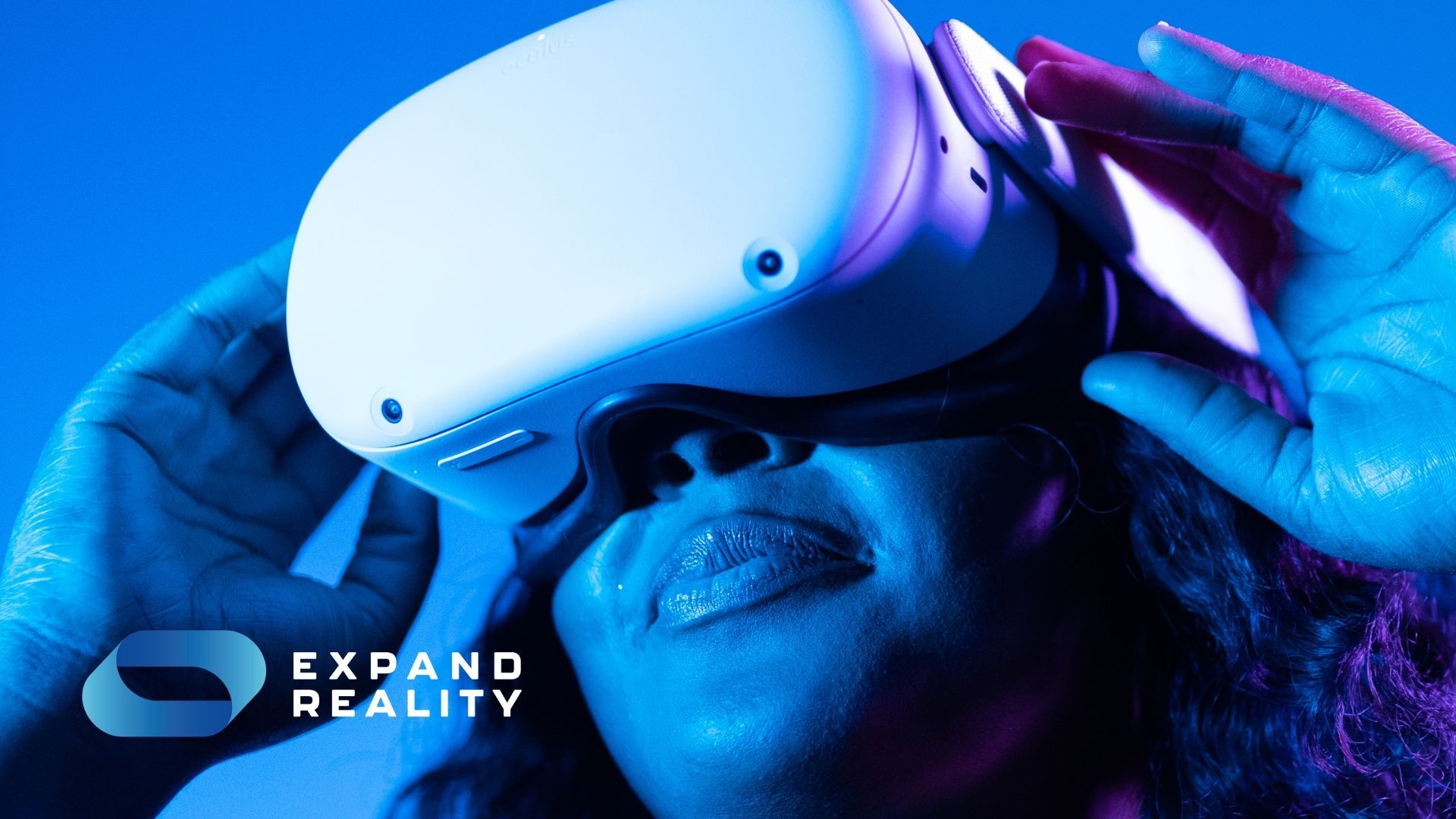hello@simplyvideo.io
Creative ways brands are using XR for marketing
Are we about to enter a new golden age of marketing? Is XR at the forefront? Learn how businesses are harnessing XR to transform the face of marketing.

"The secret to marketing success", in the words of the American author Seth Godin, "is no secret at all: word of mouth is all that matters."
Godin is a firm proponent that marketing is a simple matter of making people talk about your product. Easier said than done!
However, if you want people to talk about your brand, you might want to consider implementing extended reality (XR) into your marketing strategies.
In PwC's 2019
"Seeing Is Believing" report, the company forecasted that XR would add $1.5 trillion to the global economy by 2030. That means that by 2030, a lot of people are going to be doing a lot of talking about XR.
We've covered the many ways that XR implementation is shaping a wide range of industries – from healthcare to oil and gas – by enhancing collaboration across workforces. But this pan-industry transformation is not exclusive to the manufacturing side.
Marketing stands to benefit from XR's unique enterprise applications at a time when ideas are running dry. Let's take a look at some of the ways in which brands are using XR to market their product.
Brand awareness: Pepsi Max
Sticking out in today's crowded market is a must – but how can it done?
Leveraging XR is much like wearing a dazzling hat in public. You'll attract a lot of attention and you'll stand out from the crowd.
In business, you want to attract attention for the right reasons. Bringing attention to yourself comes with the responsibility of delivering a positive experience to your would-be customers.
Take Pepsi Max and its 2014
bus shelter campaign. The beverage company installed see-through augmented reality screens across London bus stops. Commuters waiting at the stop witnessed impossible sights of alien abductions and meteor strikes as they waited for their bus.
The stunt created huge amounts of buzz around Pepsi's brand and became a viral hit on YouTube.
Customer experience: IKEA
Customer experience is everything. Brands today can't rely on the old business-as-usual (BAU) methods of marketing. Diversifying and striving to improve customer interactions is the keystone to a successful campaign.
Building strong and dynamic relationships with your customers incentivises loyalty and encourages word of mouth – the golden goose of marketing. But consumers are more experienced and connected than ever before, so it takes a lot to get them talking.
XR can be used in a variety of memorable and inventive ways to create buzz around your product or service. Take guided tours for example. Using VR, hotels can provide virtual tours of their premises, giving the hotelier a chance to showcase their facilities and customers a closer look at what they're paying for.
These kinds of experiences reassure the customer that there's nothing to hide, improving your brand's transparency and helping close sales.
A great example of how virtual reality (VR) can be used to drive customer engagement was demonstrated by IKEA's
VR store.
The store gave customers the chance to kit out a virtual room in their house with IKEA furniture using a VR headset. Everything could be customised, down to wallpaper colours, fabrics and flooring.
Creating unique experiences through storytelling: GlaxoSmithKline
Every brand has a story to tell. From the history of the company and the brains behind it to its manufacturing ethos or community outreach.
So where does XR come in? Of course, any brand can tell a story through traditional BAU means like adverts or social media – these are still effective platforms to spin your yarn. But if you want to make a statement and create something truly unique, you should consider XR.
Why? XR enables companies to open up to their customers in ways BAU platforms just don't. Say, for example, you wanted to tell your customers about your design process. You could write a lengthy article on your site, or make a Facebook post with a link to a video detailing the process.
Or…
Using VR, you could create unique, interactive factory or site tours, putting the customer in control and allowing them to explore your facilities and learn about the manufacturing process.
This would let the customer decide what part of the business they want to learn about. All the while, they'd enjoy a unique and memorable experience that reshapes expectations and augments their perception of your brand.
A great example of XR storytelling in action is the GlaxoSmithKline (GSK) migraine experience. GSK manufactures Excedrin migraine medication and decided to create an AR stimulation to educate non-sufferers about the condition.
The experience simulates common migraine symptoms to the user, including light sensitivity and visual distortions, demonstrating that migraines are not just a headache. This was used to create awareness and sensitivity around the condition and helped create a positive shift towards GSK.
Expand your marketing with Expand Reality products
If you're looking for a new marketing angle and want to venture into the world of XR, why not take a look at our
product range?
Our team is highly skilled and knowledgeable about XR and can help troubleshoot or clear up any questions you have regarding the technology.
Get in touch with us and we can discuss the ins and outs of your marketing initiatives and how best to approach implementation.
Based in the UK, Expand Reality is a specialist retailer of assisted and
augmented reality products. For more insights, follow our
blog.

Contact Us
Connect global teams. Collaborate with remote experts. Streamline processes and unlock cost savings with industry-ready extended reality technology.
Contact Info
hello@expandreality.io
Gemini Business Park
Sheepscar Way
Leeds
LS7 3JB
All Rights Reserved | Expand Reality







